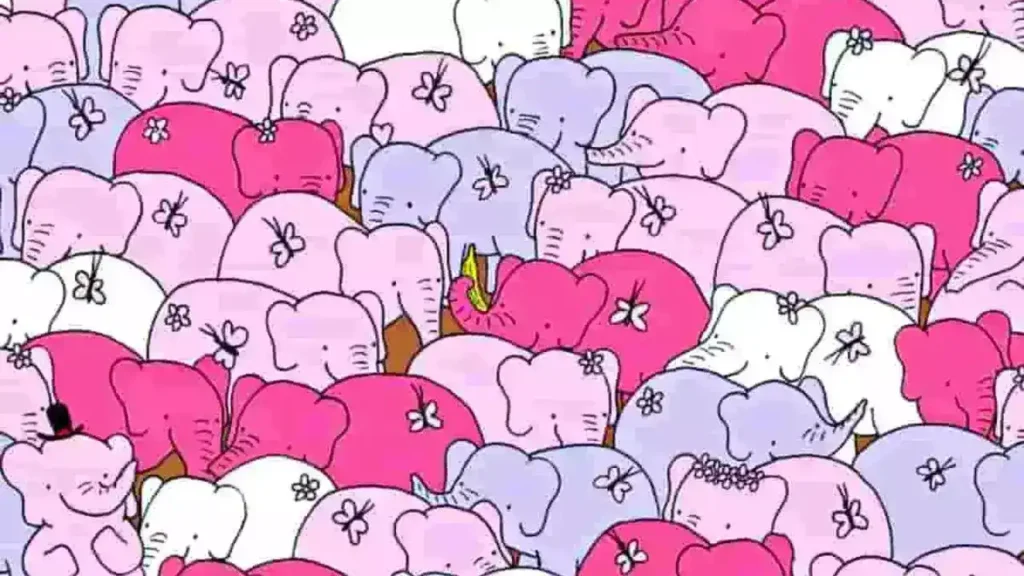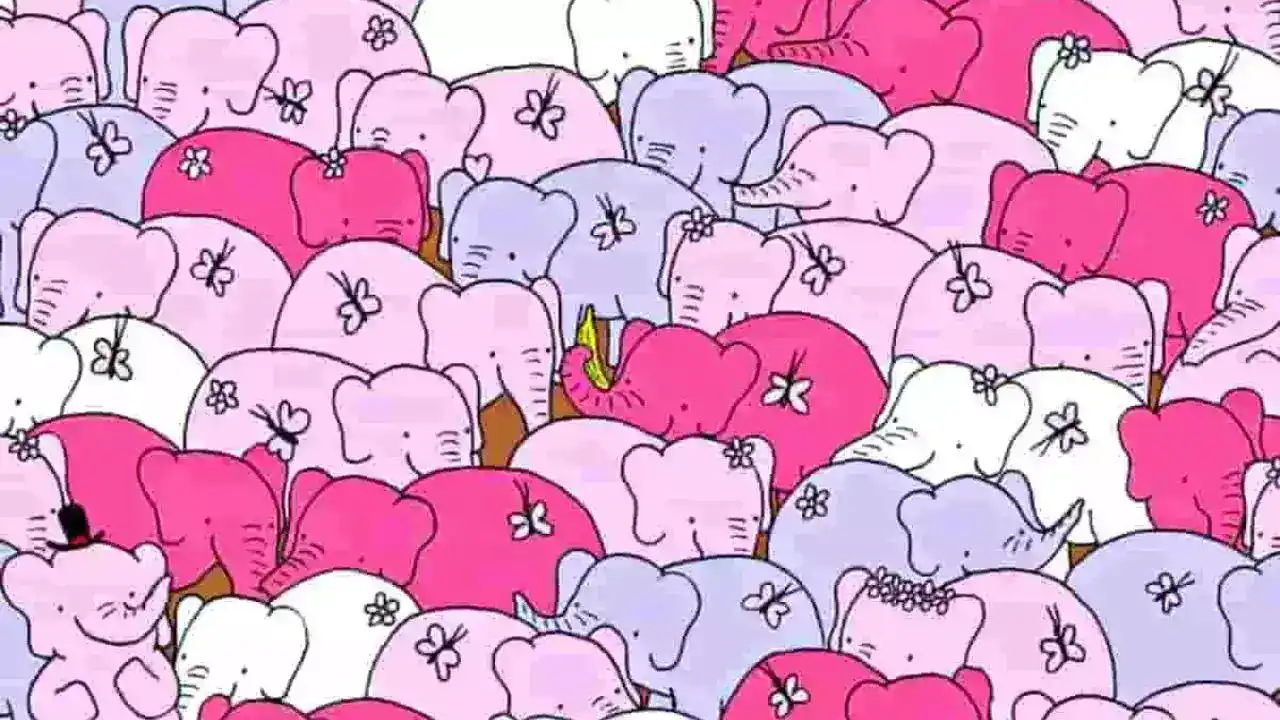In the realm of visual perception, few phenomena captivate and confound the human mind like optical illusions.
These mind-bending creations play tricks on our eyes, challenging our brains to decipher reality from deception.
Among the myriad of illusions that have puzzled and delighted observers for centuries, there exists one particularly intriguing enigma—a hidden heart nestled within the depths of geometric complexity.
In this article, we embark on a journey into the mesmerizing world of optical illusions, exploring the intricacies of perception, the science behind these illusions, and the genius-level challenge of uncovering the concealed heart.
The Allure of Optical Illusions

Optical illusions have fascinated humanity for centuries, transcending cultural boundaries and captivating minds across generations.
From ancient cave paintings to modern digital creations, the allure of optical illusions lies in their ability to deceive and beguile, offering a glimpse into the complex workings of the human brain.
At their core, optical illusions exploit the inherent limitations and biases of our visual system.
Our brains evolved to process visual information rapidly and efficiently, but this efficiency comes at a cost—our perception is prone to errors and misinterpretations.
Optical illusions exploit these vulnerabilities, presenting stimuli that trick our brains into perceiving something that diverges from reality.
The Science Behind Optical Illusions
To understand the hidden heart illusion, it’s essential to delve into the science behind optical illusions.
At the heart of these phenomena lies the concept of visual perception, governed by a complex interplay of physiological processes and cognitive mechanisms.
One key principle underlying many optical illusions is the Gestalt principles of perception.
According to Gestalt psychology, humans perceive objects as whole entities rather than as a collection of individual parts.
This principle manifests in phenomena such as figure-ground segregation, where our brains distinguish between an object and its background, and proximity, where elements close to each other are perceived as belonging together.
Another fundamental aspect of visual perception is the role of depth and perspective.
Illusions like the hidden heart exploit our brain’s tendency to interpret two-dimensional images as three-dimensional scenes, leading to perceptual distortions that defy logic and reason.
Unveiling the Hidden Heart
Now, let’s turn our attention to the elusive hidden heart illusion—a masterpiece of visual deception that challenges even the most astute observers.
At first glance, the image appears as a chaotic array of geometric shapes, devoid of any discernible pattern or meaning.
Yet, upon closer inspection, a hidden heart emerges from the intricate labyrinth of lines and angles.
The key to unlocking the hidden heart lies in the careful manipulation of visual cues and Gestalt principles.
Through clever arrangement and strategic use of color and shading, the illusionist creates the illusion of depth and perspective, leading the viewer’s eye along a predetermined path towards the concealed symbol.
For those brave enough to embark on the challenge of finding the hidden heart, patience and perseverance are essential virtues.
The illusionist’s craft lies in concealing the heart in plain sight, camouflaging it amidst the visual noise of the surrounding elements.
Only those who possess a keen eye for detail and a willingness to explore every corner of the image stand a chance of uncovering its elusive secret.
The Psychology of Perception
The hidden heart illusion provides a fascinating case study in the psychology of perception.
As viewers engage with the image, their brains grapple with conflicting signals, oscillating between confusion and clarity as they attempt to make sense of the visual stimuli before them.
One of the most intriguing aspects of optical illusions is their ability to evoke different interpretations among observers.
What appears as a heart to one person may resemble something entirely different to another.
This variability highlights the subjective nature of perception, demonstrating how our individual experiences and cognitive biases shape the way we interpret the world around us.
The Art of Illusion
Beyond their scientific and psychological implications, optical illusions are a testament to the boundless creativity of the human mind.
Artists and illusionists alike harness the power of perception to create works of art that challenge, inspire, and provoke thought.
The hidden heart illusion exemplifies the marriage of art and science, blending intricate design with profound psychological insight.
Like a masterful magician, the illusionist draws viewers into a world where reality blurs and imagination reigns supreme.
Conclusion
In the vast landscape of optical illusions, the hidden heart stands as a pinnacle of creativity and ingenuity—a testament to the power of perception to both deceive and delight.
As we unravel the mysteries of this captivating illusion, we gain a deeper appreciation for the complexities of the human mind and the extraordinary feats of artistry and craftsmanship that continue to push the boundaries of visual perception.
So, the next time you encounter an optical illusion, take a moment to marvel at the wonders of the hidden heart—and remember, sometimes, the most extraordinary discoveries lie just beneath the surface, waiting to be unveiled by those brave enough to seek them out.
